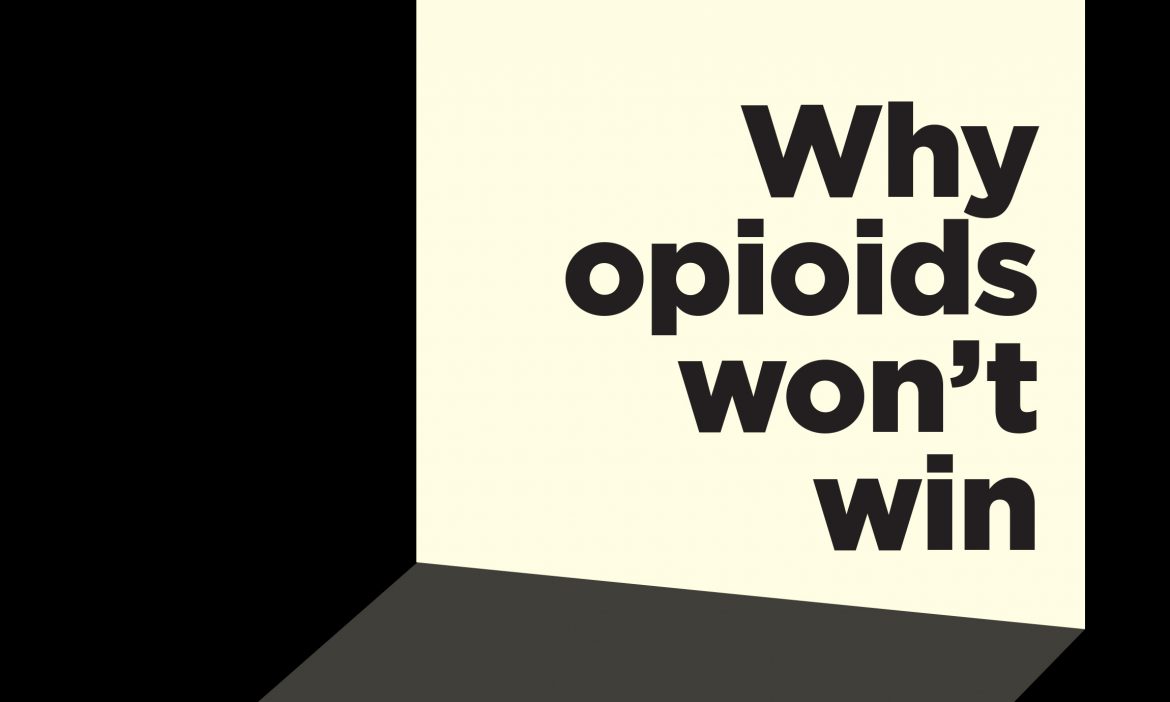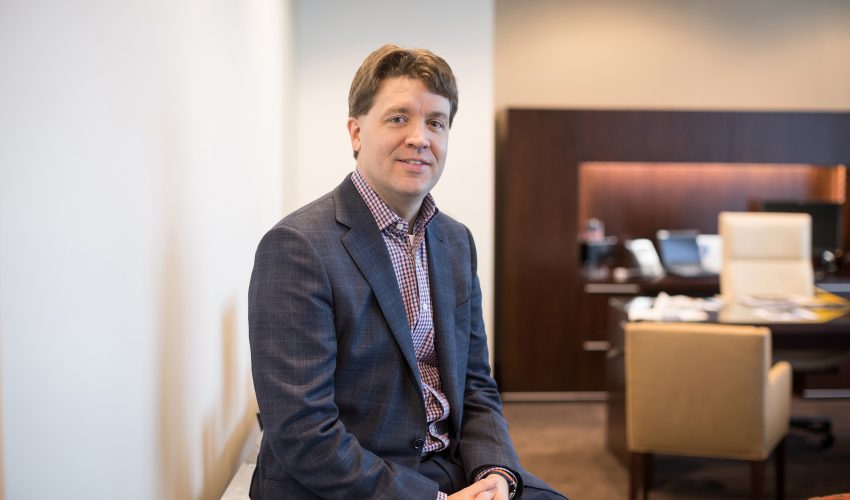A forum on opioid abuse, held in Nashville, covered every aspect of the problem.
Experts spoke about the medical and psychological issues, law enforcement and treatment options.
Attendees peppered them with questions, or offered their own professional opinions.
And then, the moderator called for the last question.
A woman in the audience stood up to speak. She held up a small batch of pamphlets.
“In my hand are four funeral announcements from my family,” she said. “One of them is for my mom.”
At that moment, she made the stakes of the crisis achingly real.
She went on to tell a story of helplessness in watching the devastation play out in front of her, of a family destroyed by an overpowering force they did not have the ability to fight.
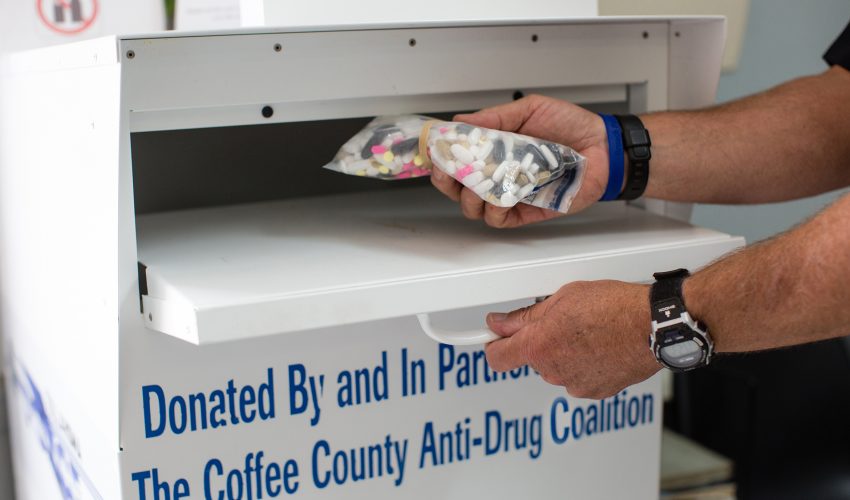
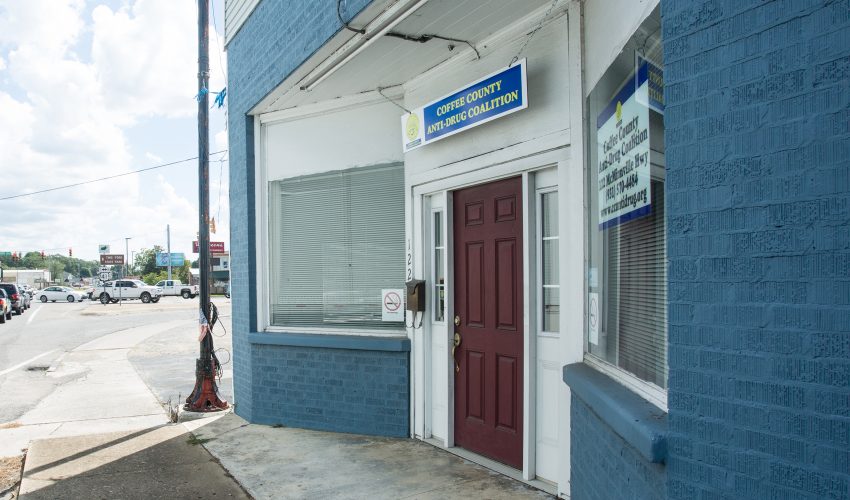
Programs designed to reduce prescription drug misuse are growing — and working — across Tennessee.
Her story is echoed throughout the state of Tennessee, which faces one of the worst crises of opioid abuse in the country.
The statistics are overwhelming: nearly 70,000 adults need treatment.
Each number represents an actual person who has people who love them, who at some point was happy or healthy, who once was not addicted.
That loss of life and liveliness is the focus of a statewide attack on prescription drug abuse, which could soon turn into a heroin epidemic.
Tommy Farmer, Tennessee Bureau of Investigation special agent in-charge and director of the Tennessee Methamphetamine and Pharmaceutical Task Force, noted that the U.S. consumes 80 percent of the world’s opioids, despite making up less than 5 percent of the world population.
“We have such a large base of potential addiction,” he says.
“If they transition from prescription opioids to heroin it could turn into a staggering number that we don’t have the resources to deal with.”
How Tennessee is addressing the issue
As the use of opioids grew, the state took action to quell the problem.
The Prescription Safety Act of 2012 required all physicians who dispensed pain medications to register with the state, and all prescriptions of controlled substances like Oxycontin and Vicodin to be recorded in a database.
Before writing prescriptions doctors must check the database to see if their patient has other opioid prescriptions.
In the two years following implementation, prescriptions for pain medicines dropped by 7 percent.
Consumption went down by 14.6 percent.
The Chronic Pain Guidelines, released in 2014, were created to help doctors treat patients with ongoing severe pain, while lessening the risk of unintentional addiction from long-term prescription drug use.
Nonprofits have also joined the battle, setting up programs aimed at prevention and education, expanding access to treatment, and offering support to those in recovery.
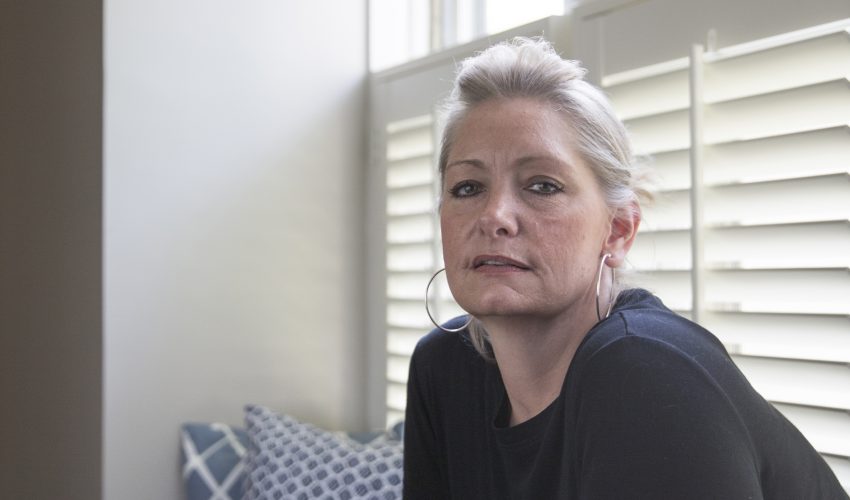
"Girls like me aren't addicts." Read Sheryl's story of addiction and recovery by clicking her photo.
A complex problem
The widespread, legitimate use of opioids makes controlling misuse and abuse problematic.
55 percent of people who abuse prescription painkillers get them from a friend or family member.
Another 16 percent steal them from a friend or family member.
There’s a perception that because the pills are not illegal street drugs, they are safe.
Once an addiction sets in, the physical dependence on the drug makes quitting without medical help nearly impossible, yet there is a severe gap between the number of treatment spaces available and the number of people who need help.
“I can detox patients, but I can’t get them into treatment,” said one of the physicians in the opioid forum audience.
“Study after study shows that every $1 in treatment saves $2 in everything else related to addiction. And yet in this state, treatment is not readily available.”
Finding an answer
Leaders in health care, law enforcement and substance abuse treatment have found ways to collaborate so that demand lessens, supply is restricted, the criminal distributors are arrested, and the people who suffer the most — the addicts — have greater access to treatment.
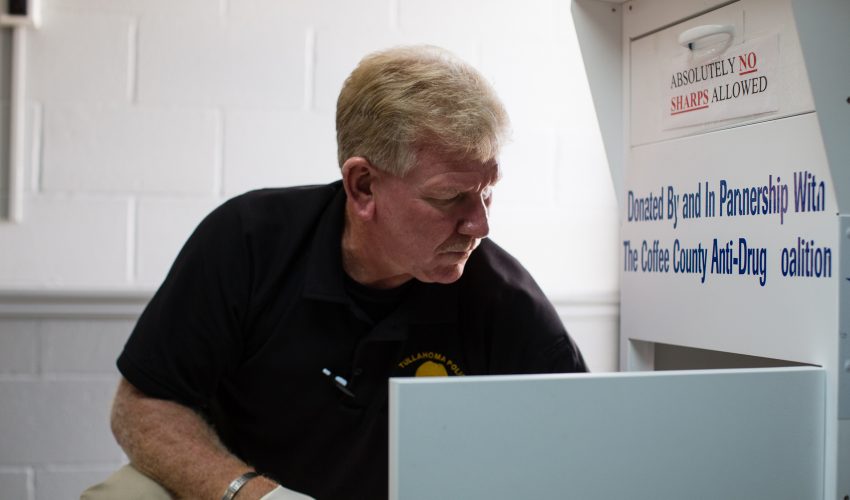
Count It! Lock it! Drop it! reduced prescription drug misuse in Coffee County and is going statewide.
Tennessee’s Public Health Approach to the Opioid Abuse Epidemic, adopted in January 2016 includes detailed steps to:
- Improve primary prevention
- Improve monitoring and surveillance of prescriptions
- Improve regulation and enforcement
- Increase use of treatment
- Increase access to appropriate pain management
There are positive and hopeful signs of success.
But the problem took decades to build, and it will take lots of work to tear it down.


